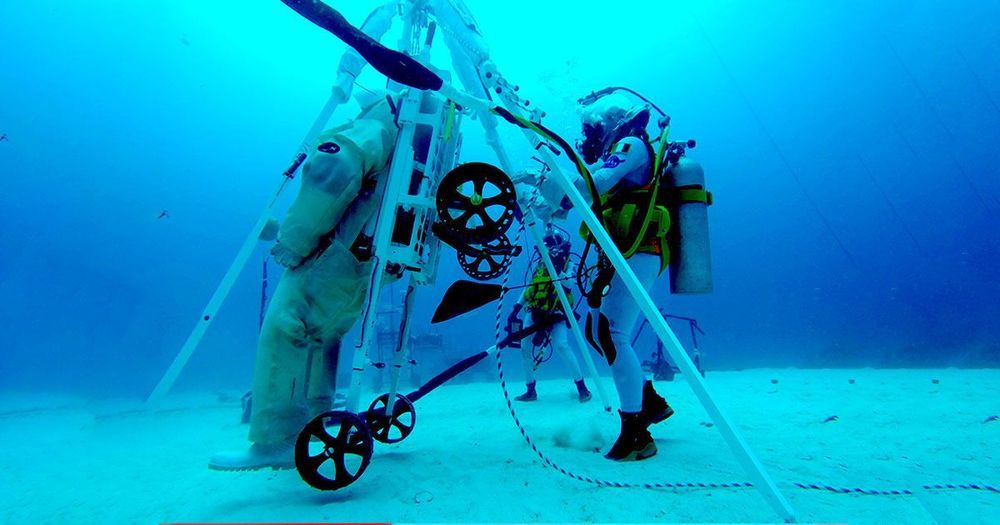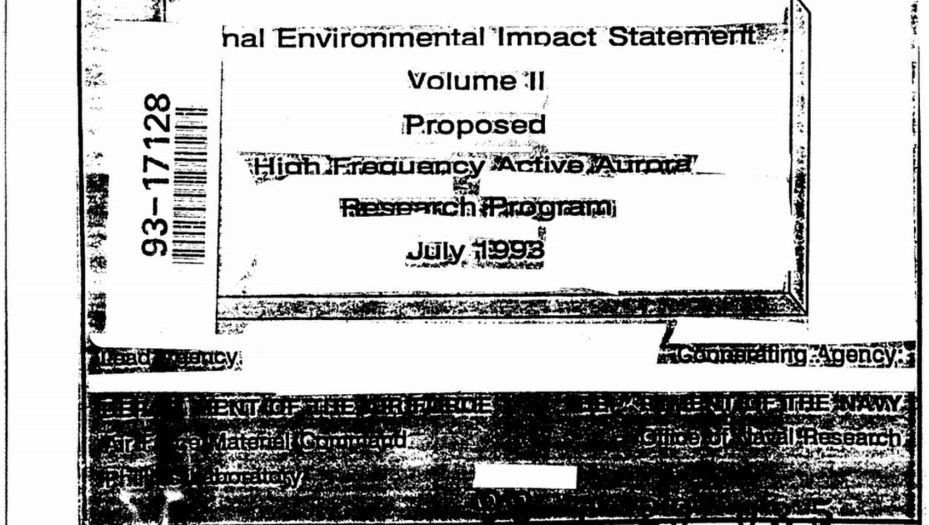Scientists reverse Alzheimer’s Disease in human cells by editing a single gene.
Get the latest international news and world events from around the world.



Scientists Discover an ‘Unexpectedly Simple’ Formula Behind The Nature of Water Drops
Scientists have discovered an unexpectedly simple formula that governs one of the most seemingly unknowable limits in physics: determining how much of an electric field a water droplet can withstand before it will burst.
This infinitesimal phenomenon has been studied by physicists for decades, but while the overall concept may be easy to imagine, discerning the mathematical relationships that underpin such electrified explosions has been anything but.
Now that it’s been figured out, scientists say this one formula could lead to new advancements in everything from space propulsion to mass spectrometry, high-resolution printing, air purification, molecular analysis, and more.

Traverse City To International Space Station, Do You Read?
A group of Traverse City students will kick off their summer vacation with an otherworldly experience – making radio contact with the International Space Station and interviewing NASA astronaut Nick Hague live as he’s in orbit. The special event is one of several opportunities for students to participate in science, nature, and STEM programs this summer in Traverse City.
The Traverse Area District Library’s (TADL’s) Summer Reading Club was chosen through a national competitive application process to be one of 13 U.S. organizations that will host a radio contact event with the International Space Station (ISS) between now and December. Only three libraries were selected, and TADL is the only Michigan-based organization invited to participate. “The closet other events are in Pennsylvania and Missouri,” says TADL Marketing and Communications Manager Matt Wiliford.
Students will talk with ISS crew members via amateur radio on Friday (June 28) from the McGuire Room at the library. Doors will open at 9am, with the event starting at 9:30am. Former NASA astronaut Greg Johnson will be in attendance to discuss his own trips to ISS, then members of the Cherryland Amateur Radio Club will provide an overview of the equipment being used to make radio contact with ISS. At 10:02am, direct radio contact will occur between NA1SS (ISS) and W8TCM (Traverse City). Eight students have been chosen to ask one question each of their own, then a second question submitted by community members through the library’s “Ask an Astronaut” submission contest. TADL staff helped curate the questions to cover a variety of topics and provoke thoughtful conversation, according to Wiliford.

This Bizarre Device Will Help Rescue Injured Astronauts on the Moon
The European Space Agency (ESA) just tested out a device that’s meant to assist in astronaut rescue missions on the surface of the Moon. The strange contraption, dubbed the Lunar Evacuation System Assembly, is a pyramid-like structure that can be operated by a single astronaut to extricate a fallen comrade — the world’s first, according to the ESA.
The gadget is meant to save incapacitated astronauts by lifting them onto a mobile stretcher. According to an ESA statement, the device can be “transported like a golf caddy.”
“There is no way an astronaut could carry their fallen crewmate over their shoulder while wearing an [extravehicular activity] EVA suit,” said ESA head of spacewalk training Hervé Stevenin in the statement.

Death: Now, researchers in AI and public policy are trying to make the case that killer robots aren’t just a bad idea in the movies — they’re a bad idea in real life
There are certainly ways to use AI to reduce the collateral damage and harms of war, but fully autonomous weapons would also usher in a host of new moral, technical, and strategic dilemmas, which is why scientists and activists have pushed the United Nations and world governments to consider a preemptive ban. Their hope is that we can keep killer robots in the realm of science fiction.
We have the technology to make robots that kill without oversight. But should we?


